Turkish cuisine is a melting pot, greatly influenced by its Ottoman heritage and shaped by Central Asian, Middle Eastern, and Balkan influences. You won’t find food like this anywhere else in the world.
Shop in a spice market. Linger over drinks and a spread of meze (small plates) with friends. Sip a cup of intensely flavored Turkish coffee, then have your fortune read from the coffee grounds. Relax in a neighborhood meyhane (tavern) alongside locals. All this against a backdrop of ancient ruins, historical sites, and bustling cities!
At Oldways, we’re drawn to Turkey time and time again to learn more about this fascinating destination. That’s why we’re organizing a weeklong, food-focused tour of Turkey with Chef Ana Sortun, Turkish cuisine expert. We’re inviting food lovers to join us. We’ll explore two cities, Antalya and Istanbul, and enjoy behind-the-scenes food experiences like private cooking demonstrations, market tours, a visit to a local tahini producer, and much, much more.
Learn more about the Turkey culinary tour
5 reasons Turkey is a destination for food lovers
#1: Meze
“Imagine a table piled high with tempting salads, plump stuffed grape leaves, roasted peppers, dips, kebobs, spicy sausages, spinach pies, and pickled vegetables. Such a spread would be a popular presentation of meze,” wrote cookbook author Paula Wolfert. Count us in!
Meze are small plates served and shared among a group. It’s the perfect way to convene with friends and try an assortment of different foods.
#2: Street food
If you really want to immerse yourself in another country’s culture when traveling, try the street food! You’ll get a taste of the local cuisine, as well as a chance to chat and interact with the experts who made your food. In Turkey, you’ll find a broad selection of delicious street food options.
Here’s Chef Ana Sortun’s guide to a few of her favorites:
Gozleme: yuftka dough (flour, water, and oil formed like a tortilla) is folded around a cheese or spinach and cheese filling, and crisped on a saj (domed griddle). It’s a sort of stuffed Turkish pancake.
Fried mussels: shucked, battered, then fried in olive oil. Served on a skewer with an almond and garlic sauce called tarator.
Kumpir: baked potatoes that are split in half. The insides are scooped out and mixed with yogurt and put back into the potato. There is a bar of toppings to choose from.
Su borek: a pie made from a fresh cheese, eggs, butter, and yuftka pastry. The pastry becomes noodle-like and this rich snack is cut up into little pieces so that you can eat it on the street.
Kokorec: lamb intestines skewered and roasted with oregano and chiles. Served as a sandwich.
Fish sandwich: a simple fried or grilled fish sandwich made with bonito- the most common fish of the Bosphorus-with onions, tomatoes and fresh baguette. Called balik-ekmek, it is mostly sold in old-fashioned fishing boats along the Bosphorus.
#3: A Netflix-famous restaurant
Çiya is an iconic Istanbul restaurant from Chef Musa Dağdeviren, made even more famous by the Netflix show Chef’s Table. “Chef Musa is one of the most exciting chefs I have ever worked with,” says Ana Sortun. “I would make a trip to Istanbul just for his food.”
She continued: “Musa is a culinary anthropologist. He spends a lot of time researching traditional dishes that are dying and brings them back to life at his restaurants. He seeks out local, wild foods and re-introduces them to people. His food is interesting, rich, soulful and delicious. In the past 10 years, Musa has become recognized all over the world.”
#4: Turkish coffee culture
Says Chef Sortun in her book Spice, Flavors of the Eastern Mediterranean:
“Coffee plays a special role in both the culture and cuisine of Turkey. Beans are ground to an ultrafine texture, and the coffee itself can be served with a little-or a lot-of sugar. Usually served after meals, Turkish coffee is meant to be enjoyed with others, and the reading of fortunes in the grounds is one important part of the social ritual.”
Did you know Turkish Coffee Culture was admitted to UNESCO’s Intangible Cultural Heritage list? There’s a saying in Turkey that “A cup of coffee will be remembered for 40 years.”
#5: Turkish spices and ingredients
Your kitchen pantry will never be the same once you try these delicious Turkish ingredients! Be sure to stop and pick some up on your visit to Turkey-you won’t find all of these ingredients, of such high quality, in U.S. supermarkets.
Here’s a starter list from Chef Ana Sortun:
- Sumac: crimson colored berry that is ground. Tart and slightly sour flavor like lemon.
- Pomegranate molasses: a thick, tart syrup that is used in salads and cooking made from pomegranate juice. Delicious with lamb stews or any lamb preparation. I recommend bringing some back because the commercial varieties available in the U.S. are not nearly the quality that we will find in the markets in Turkey.
- Tahini: sesame paste made from sesame seeds. In Turkey, they like to double roast the sesame seeds.
- Sahleb: orchid root from wild orchids with sweet flavor. Used to flavor ice cream and to thicken a warm milk drink.
- Dried spearmint: sweet, warm flavor. Try using spearmint in place of oregano in your favorite tomato sauce.
- Maraş pepper: rich, oily, sweet, caramelized flavor with mild heat from Maraş.
- Red pepper paste: this is made like tomato paste where sweet and hot peppers are dried in the sun to concentrate the flavors into a paste. Use in place of tomato paste in vegetable or meat preparations.
- Baharat: this literally means spice. A loose word for spice blend. Baharat’s can vary by the region, recipe, person, etc. A cook mixes a baharat as they are cooking. For instance, if it’s a hot day and they are making grilled lamb the baharat would be blended one way. If it was a cold day and they were braising lamb the baharat would be made another. The range can be from 7 to 15 different spices.
Spend 7 days immersed in the food, history, and culture of Turkey with Chef Ana Sortun and Oldways
March 20-27, 2022
Learn about Turkish food, ingredients and cooking with Chef Ana Sortun, one of the great experts in the U.S. on the subject. We’ll also experience the history and culture of two very different cities-Antalya on the Mediterranean and the bustling, international and exotic city of Istanbul. It is an experience not to be missed!
On our trips, you don’t just get to taste a fabulous meal-you get the recipes and knowledge to bring these “old ways” home with you. We put our heart and soul into planning each day. And in between all the excitement, you’ll have time to shop or take a siesta, and then relax in luxurious hotels at the end of the day!


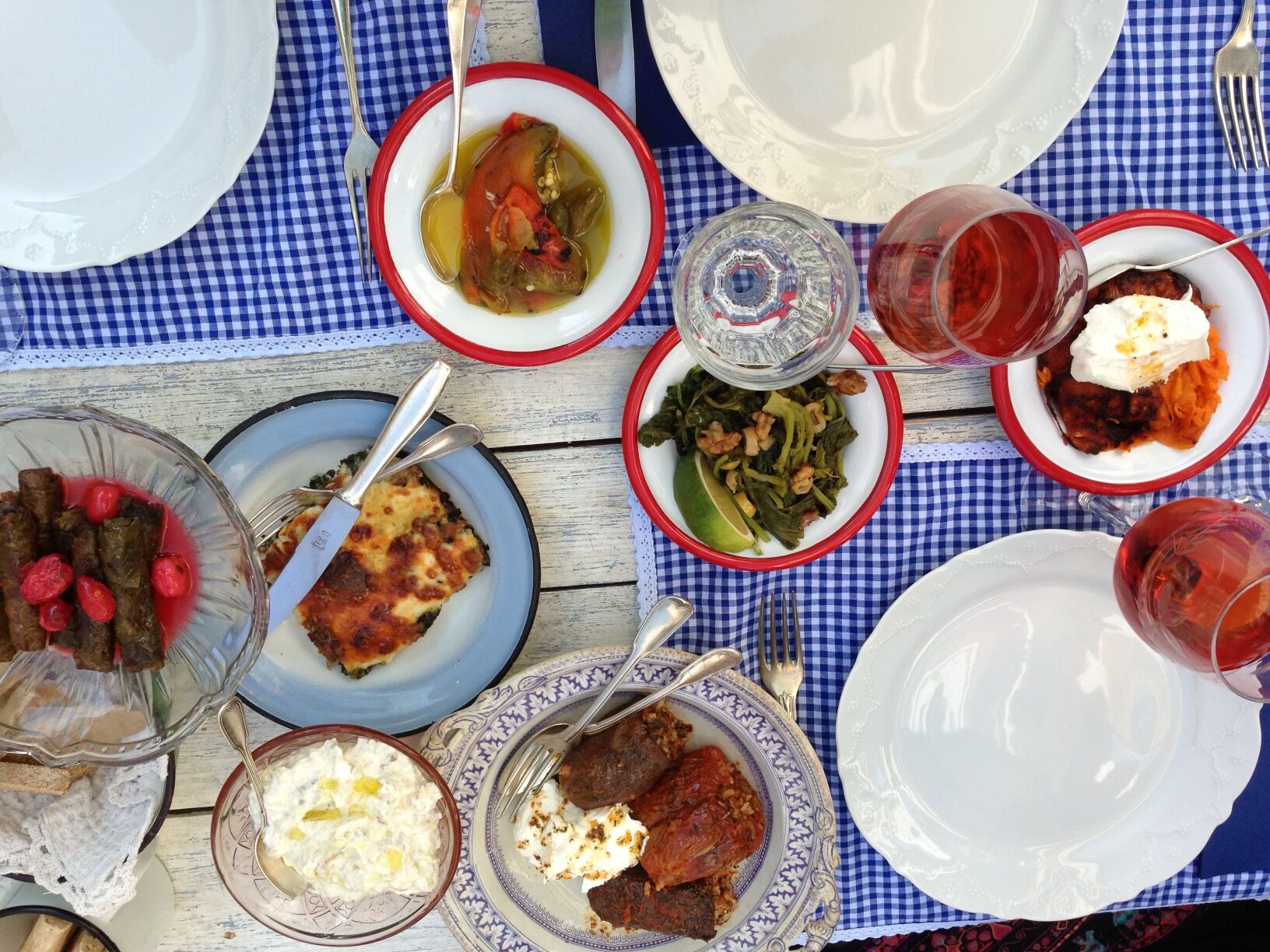
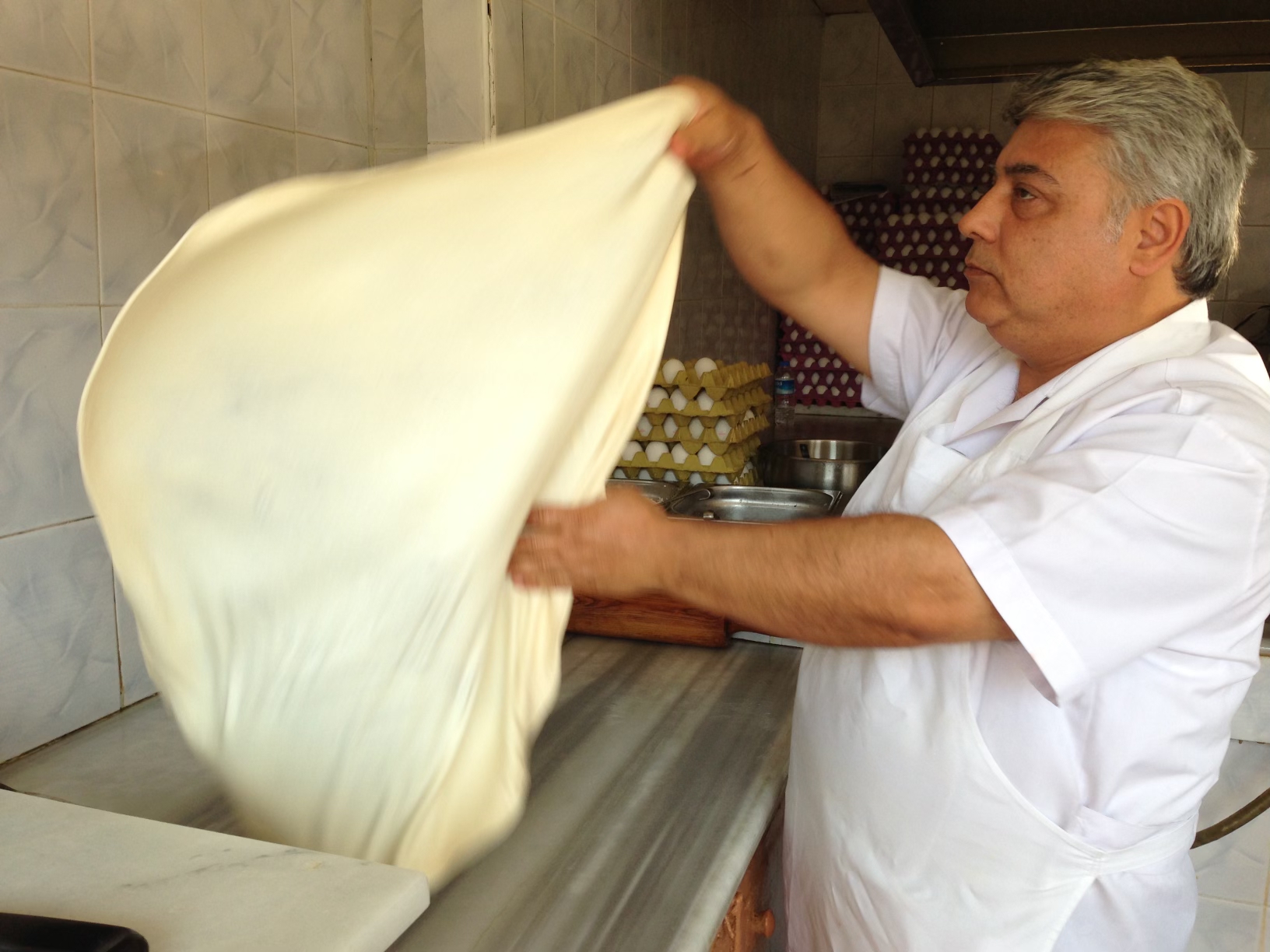
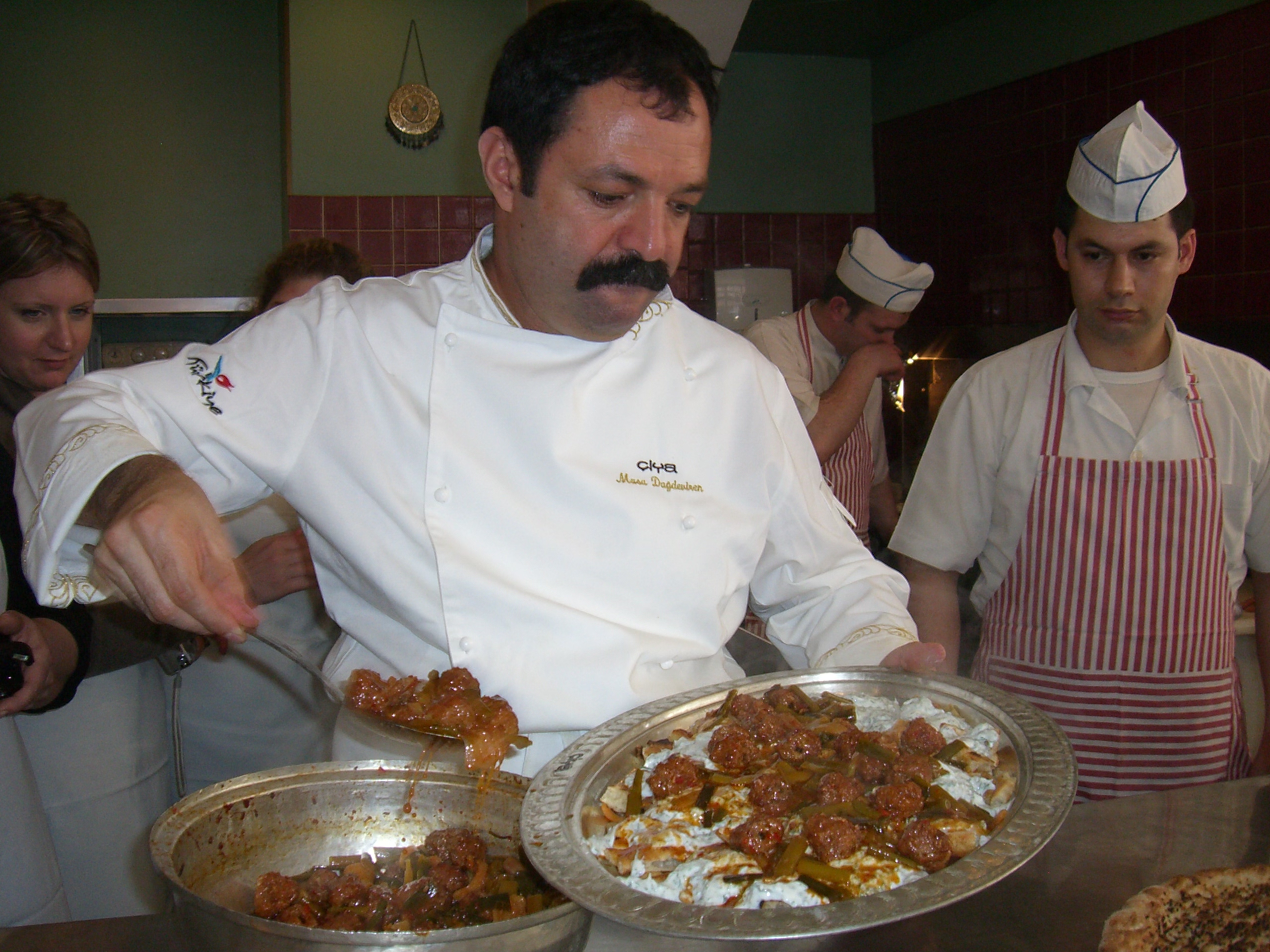
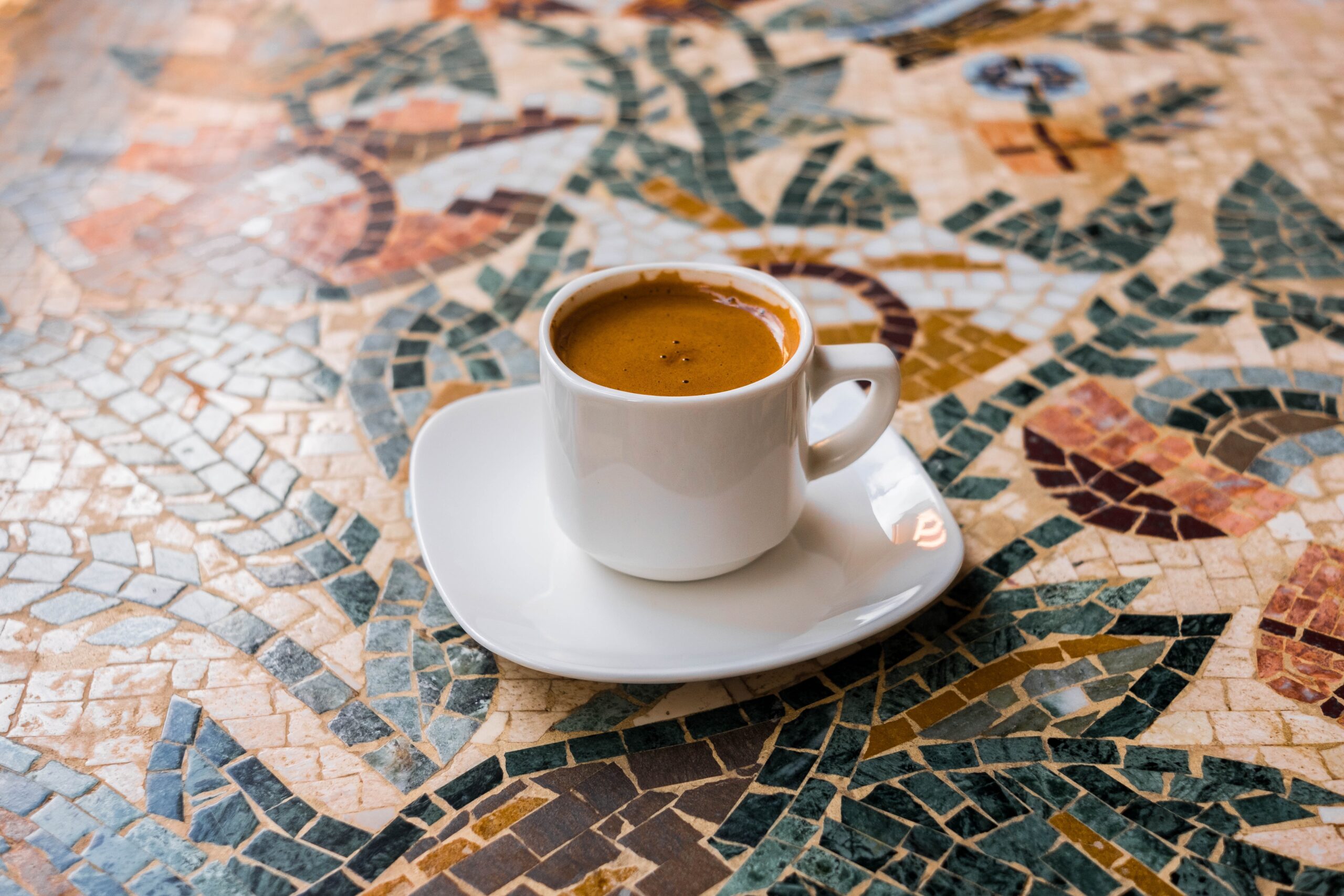

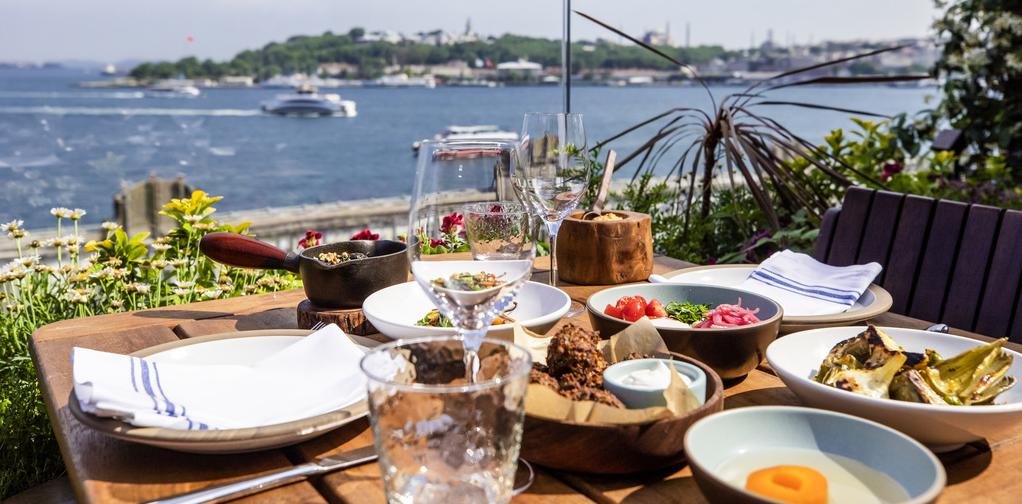




Leave a comment